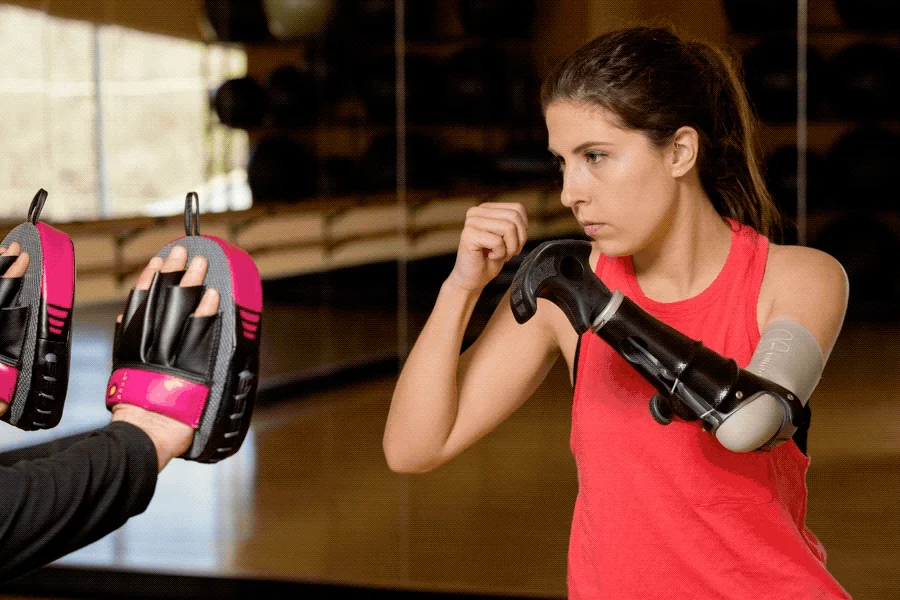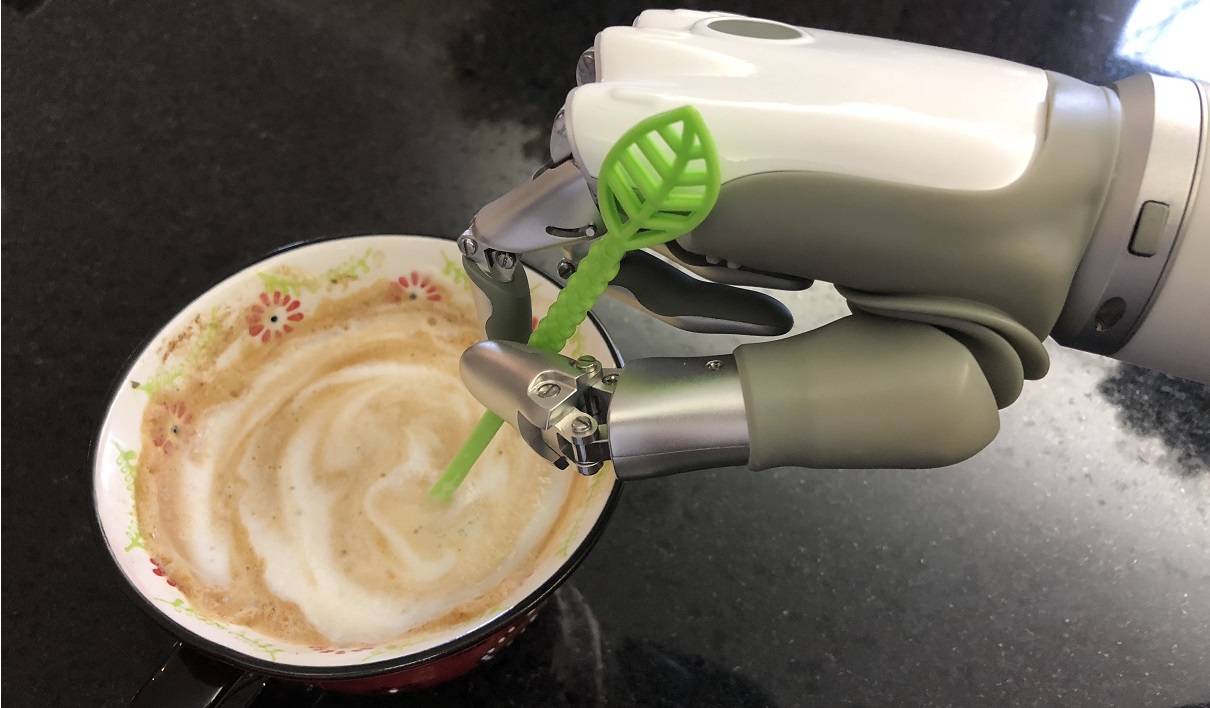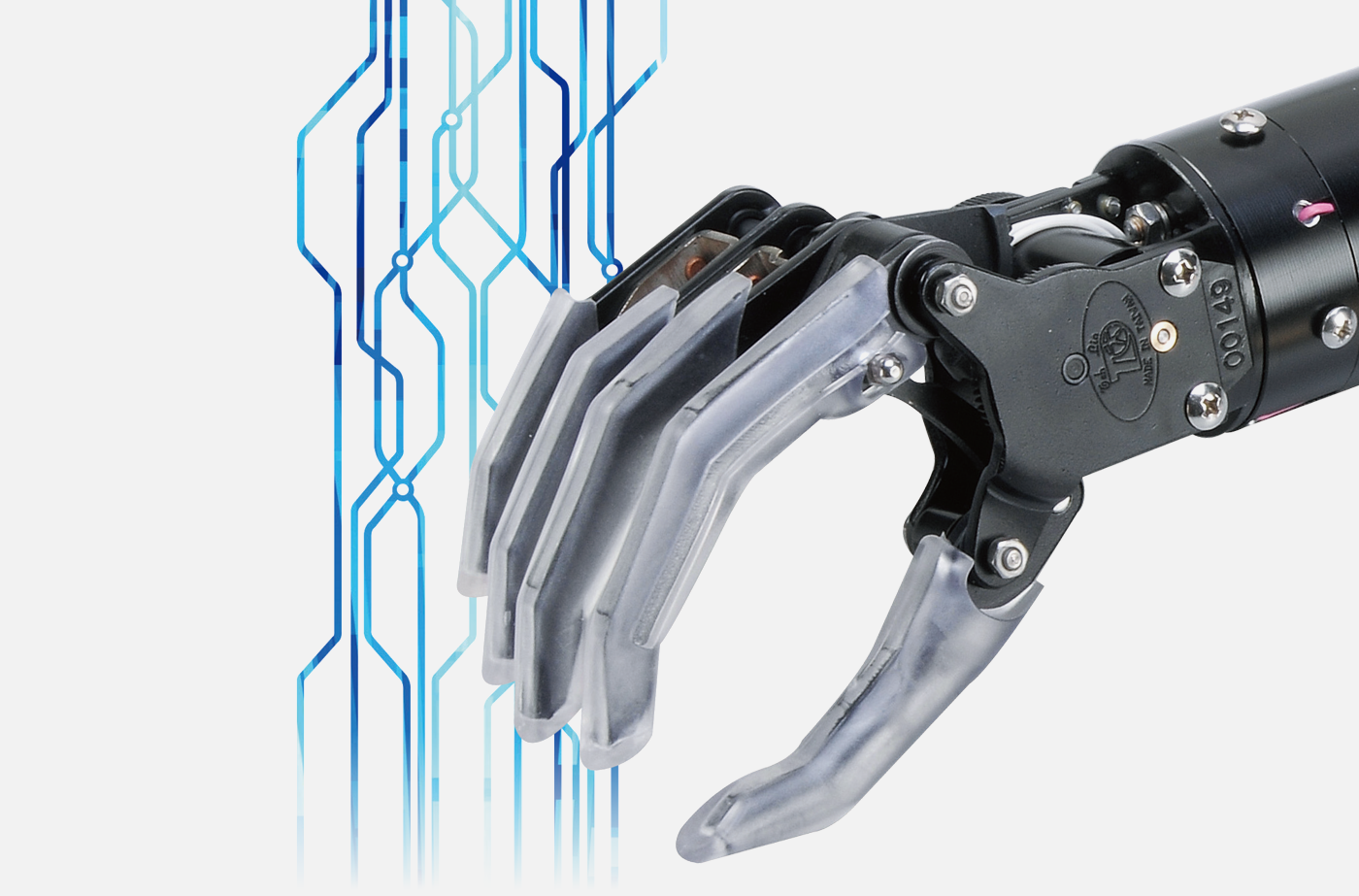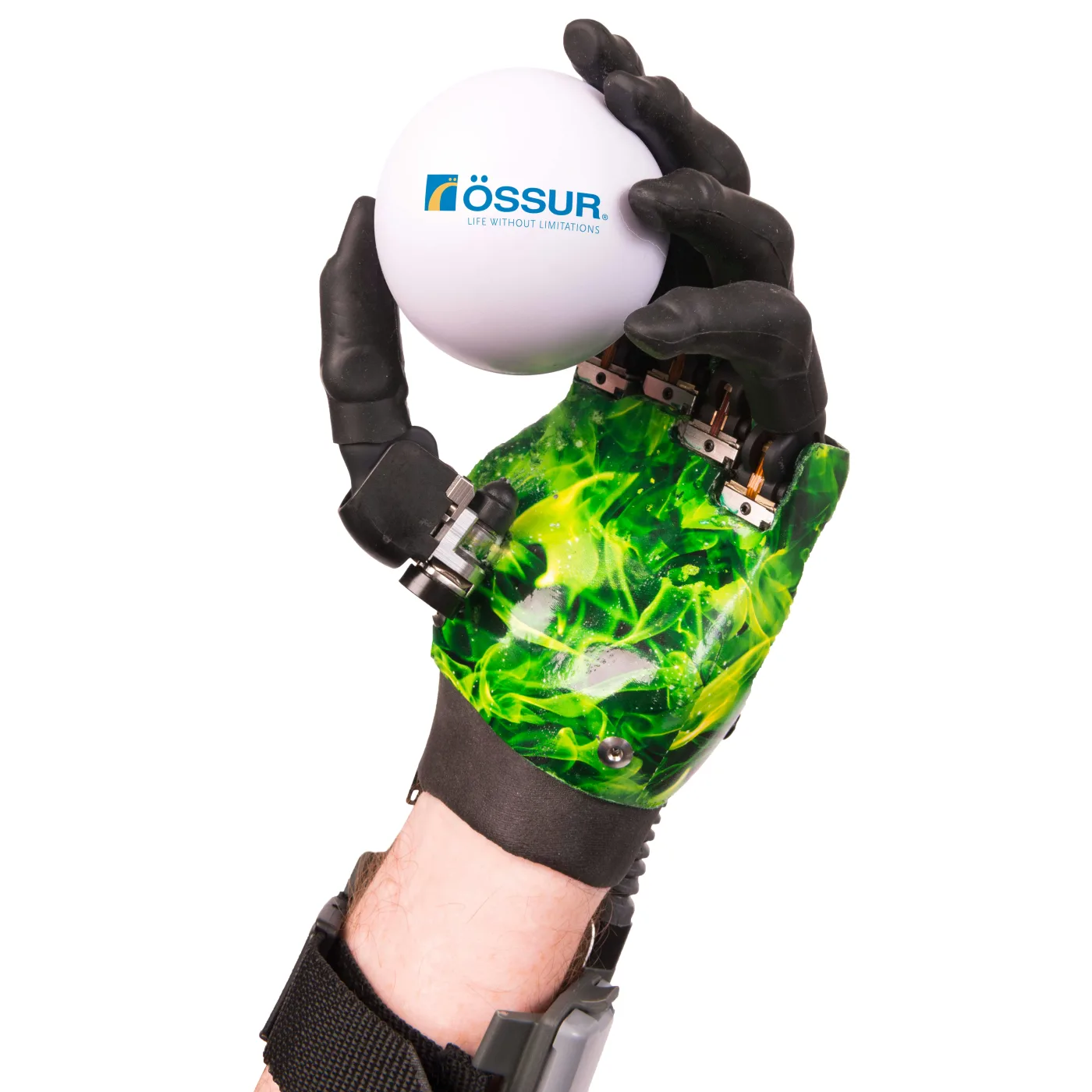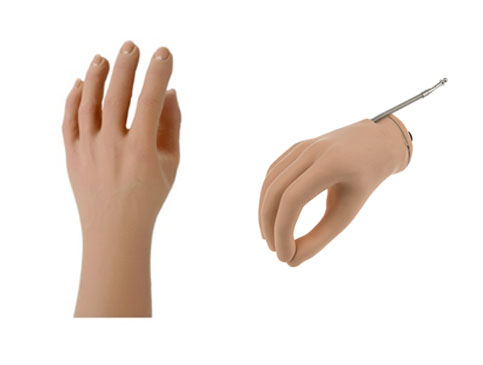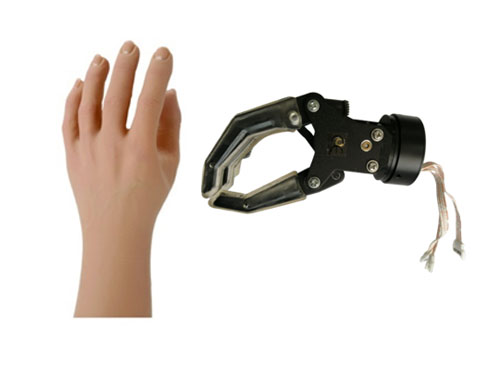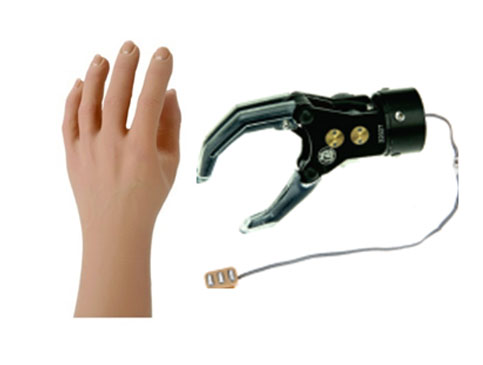Introduction to Activity-Specific Prostheses
Introduction to Activity-Specific Prostheses
The Arm Dynamics team is made up of the most experienced upper limb prosthetic care providers in the world. Our Upper Limb Library is our community space for articles for and by those with an upper limb difference. Read on to learn all about issues that affect those who have had an amputation, and be sure to leave a comment letting us know what topic you’d like to know more about!
For many individuals with upper limb absence, a prosthesis allows independent function throughout their day and the ability to perform their job properly. Passive, body-powered and myoelectric prosthetic devices can all help an individual perform ADLs (activities of daily living like eating and bathing) and most job functions, but sometimes a specialized tool is needed.

This is the point at which activity-specific prosthetic devices become both helpful and, sometimes, necessary. These devices are designed with a specific task or activity in mind. If the patient’s goals cannot be accomplished with one of the other devices mentioned above, this is where our Arm Dynamics clinicians begin discussing activity-specific prostheses.
We find that for some occupations, an activity-specific prosthesis is the only way to get someone back to work. That was the case for Austin Anderson. Austin had only recently obtained his dream job of one of two full-time tree fallers in Yosemite National Park. After his amputation above his elbow, he wasn’t sure he would be able to return to work. Our Northwest Center built him a custom chainsaw adapter that allowed him to get back to his job.
But it’s not just work that activity-specific devices can help with. Recreational activities, whether they be fitness, leisure or hobby-related, all make life more enjoyable and fulfilling. Even just basic wellness — the ability to keep one’s body well-exercised, without overstraining the sound limb can also have a huge positive physical and mental impact. These reasons, and more, are why activity-specific devices can change lives for the better and, in the case of an amputation, help the user get back to feeling like themselves again.
Max Okun (pictured with his prosthetist at the start of this article) is a great example of someone who needed an activity-specific device for work and play. Max started his job as a personal trainer and was at the gym constantly. As a congenital amputee, Max had been fitted for a prosthetic device as a child but disliked it and had stopped wearing it after a short time. As an adult, when he started spending his days at the gym, he began to experience pain on the sound side of his body — he was overusing his sound arm and wasn’t able to engage the muscles in his affected arm properly. He worked with one of our prosthetists, Julian, to create set of activity-specific devices that would allow him to keep his body fit and working well — and continue his job as a personal trainer. We have a video of Max’s journey with prosthetic devices.
Other activity-specific devices that we have built for our patients include a grip for a bike or ATV handlebar, a gun turret to help with sighting during hunting, or even one that helps the user hold a fishing pole! Activity-specific devices can be especially helpful for children, as they try out different sports and learn what hobbies they like best.
We even helped one of our super-star patients, Jason Koger, by building an activity-specific device for him that allows him to bowl!
We are experts in designing activity-specific devices that enable those with upper limb differences to participate in work, sports, hobbies and other specialized activities. If you would like to learn more about this type of prosthesis and how we can help you, please contact us. If you have experience with an activity-specific prosthesis that you would like to share with your peers, please leave a comment below.
For more Arm Dynamics articles, see related resources her
- Sweat and Prosthetics.
- Using a Prosthesis on the Job.
- Creativity and Prosthetic Devices.
- Here’s Why You May Need More Than One Prosthesis.
- How to Know Which Prosthesis is Right for You.

